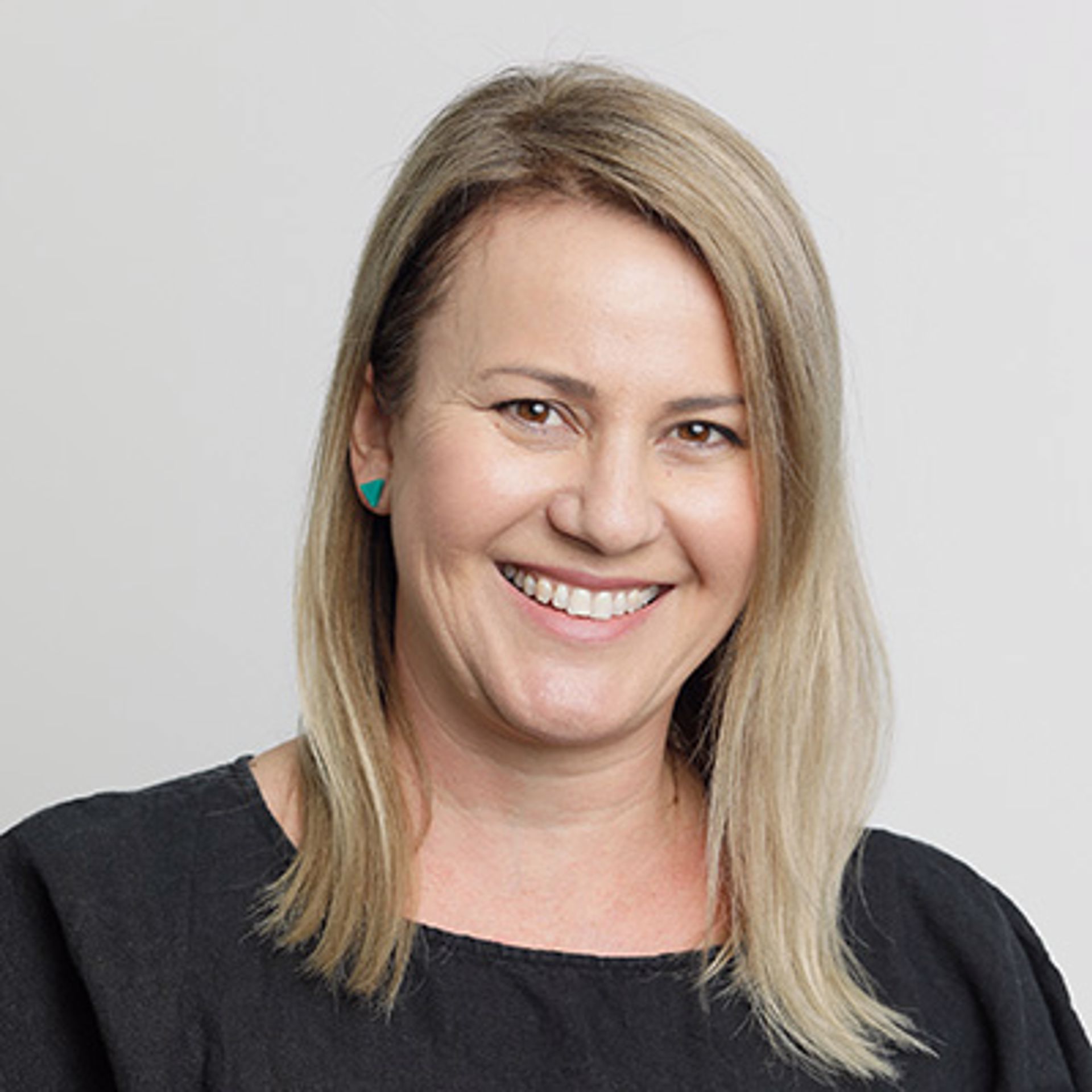Name: Petrina Raitt
Your Discipline: Environmental Impact Assessment
Years in industry: 20+
Years at Xodus: 3
What is your role at Xodus? Head of EIA Innovation and Strategy
How does this role support the development of the offshore wind and hydrogen industries?
In this role, I support renewable projects such as wind and hydrogen by leading environmental impact assessments. These assessments inform key project and investment decisions as well as support regulatory approvals.
What is the biggest challenge the energy industry is facing?
One of the biggest challenges the emerging renewable energy industry in Australia is facing is access to skilled resources. Demand for EIA and approval specialists is the highest it has been in my career. Now more than ever we should be exploring alternatives to the traditional consultant service model.
This is why in my role leading EIA innovation and strategy I am working on digital solutions and other innovative approaches. My aim is to support the energy industry to achieve greater collaboration, agility, efficiency, and productivity through our digital technology.
What are you most excited about for offshore wind and hydrogen in Australia?
The urgency to adopt renewables in Australia means that as an industry we need to be thinking out of the box, collaborating more and making use of technology. As leaders in EIA innovation, this makes for exciting times for Xodus!
Opportunities for innovation in EIA, include knowledge management, spatial EIA, automation, generic EIAs, spatial planning and systems that will make cumulative impact assessment possible, which will be crucial for multiuse areas such as offshore Victoria. These new and forward-thinking tools and strategies will serve to create better environmental outcomes and reduce project uncertainties.
Amongst other technologies we use our in-house software eBase to manage EIA knowledge. Our innovative approaches not only provide more efficient use of our resources, but better consistency, transparency, environmental outcomes and for the industry importantly, approvable projects.
